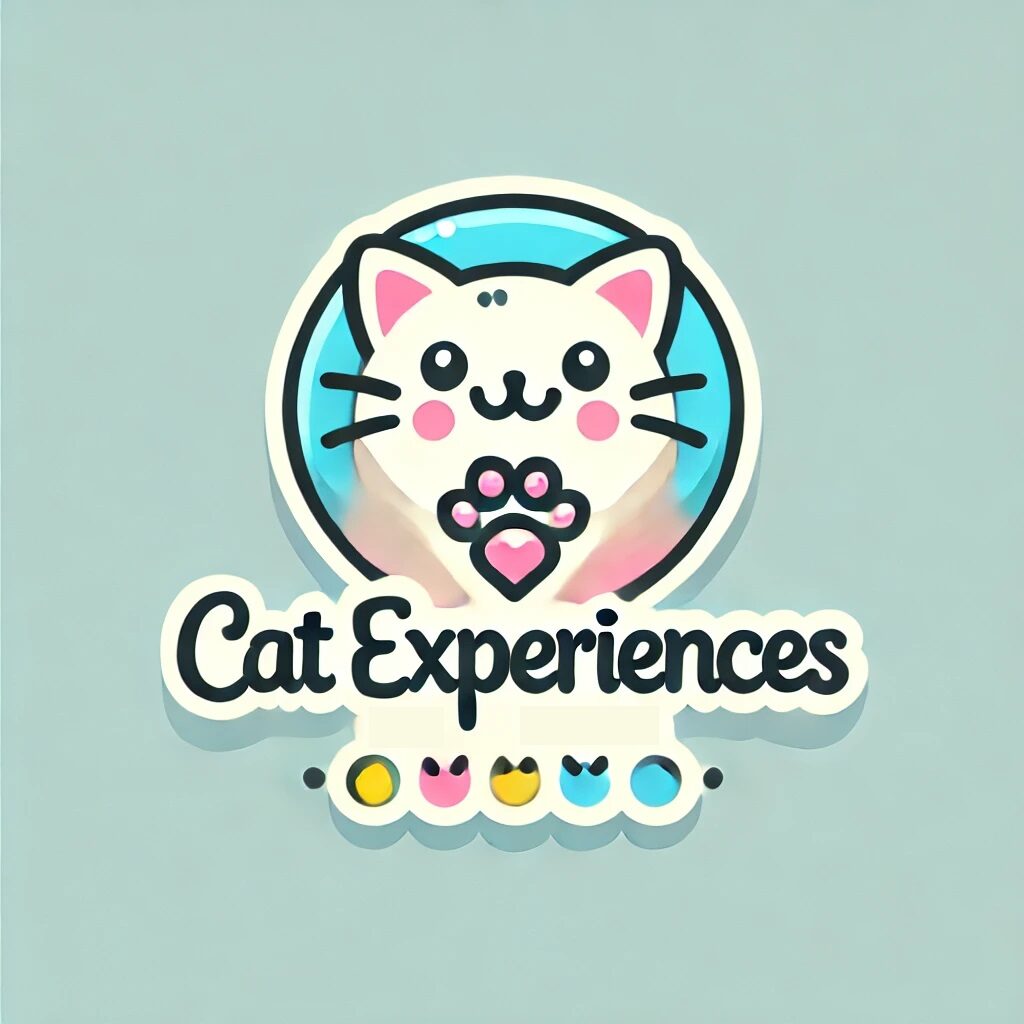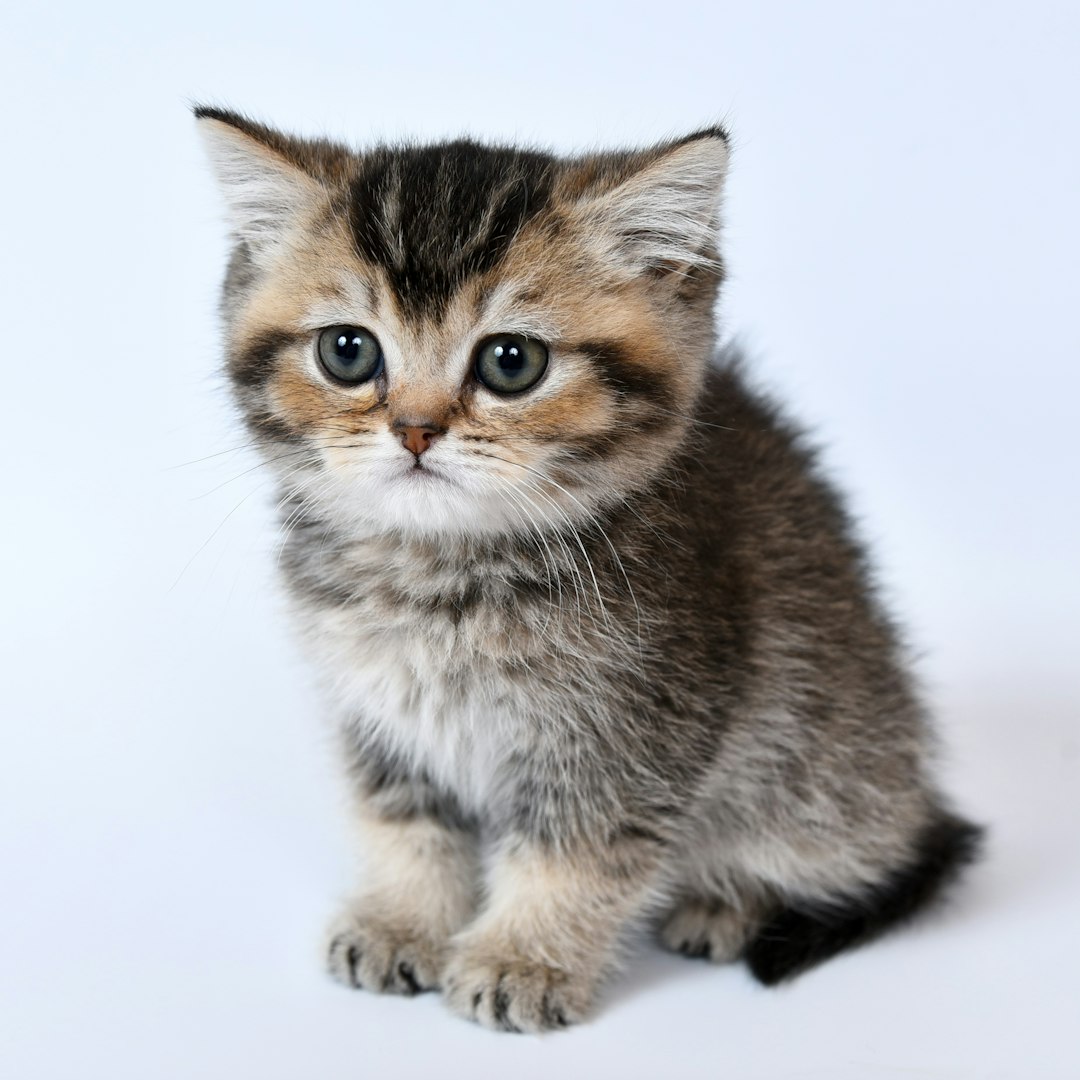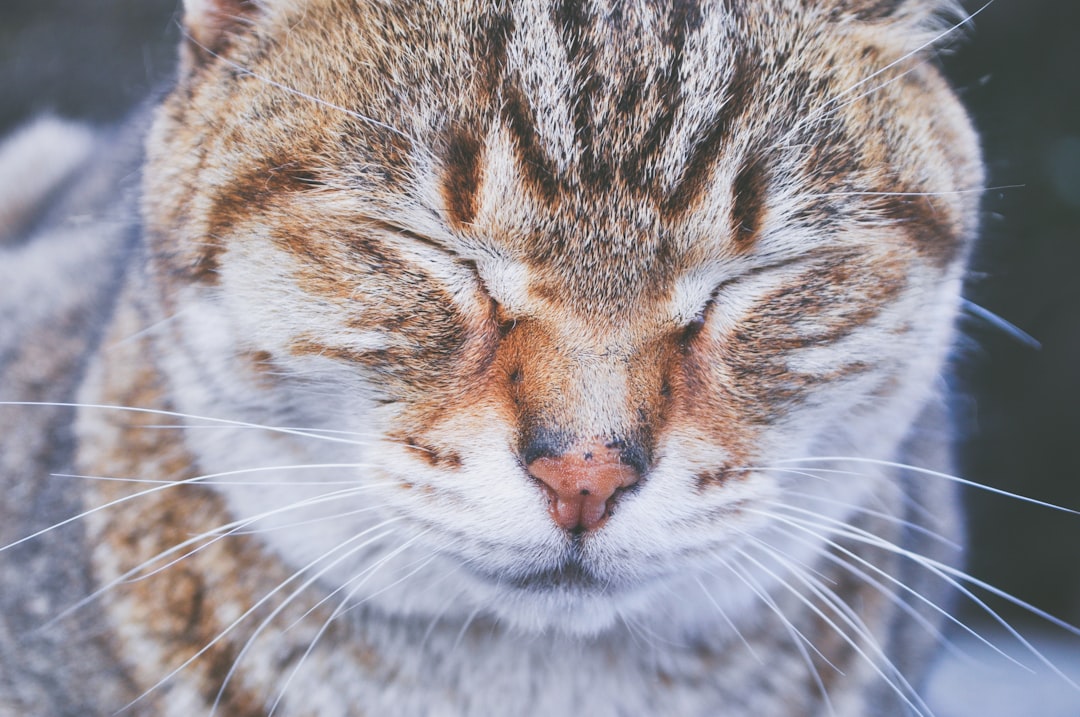As cat owners, we often find ourselves sharing our snacks with our furry companions, leading to the question, Can cats eat Cheez-Its? While these cheesy, crunchy treats may be a favorite for us, they don’t always align with the dietary needs of our feline friends. Understanding a cat’s nutritional requirements is crucial, and it’s essential to explore safe snacking options that won’t compromise their health. In this blog post, we will delve into what Cheez-Its are, the implications of sharing them with your cat, and discuss healthier alternatives that can satisfy those snack-time cravings without causing upset tummies. Moreover, we will examine the vital role of snacks in a cat’s diet and provide guidelines for responsible pet ownership as well as when it’s best to consult a veterinarian about your kitty’s dietary choices. Let’s ensure our beloved pets enjoy treats that are as safe as they are tasty!
Understanding a Cat’s Dietary Needs
Cats are obligate carnivores, which means their diet primarily consists of meat. Understanding a cat’s dietary needs is essential for maintaining their health and well-being. Here, we’ll explore the critical elements of their diet and clarify what they should and shouldn’t consume.
Essential Nutrients for Cats
Cats require specific nutrients for optimal health, including:
- Protein: Essential for muscle development and energy. Sources include chicken, turkey, and fish.
- Taurine: An amino acid crucial for heart and eye health, found in meat.
- Fats: Provide energy and are necessary for skin and coat health.
- Vitamins and Minerals: Vitamins A, D, and E, as well as minerals like calcium and phosphorus, are vital for various body functions.
| Nutrient | Function | Source |
|---|---|---|
| Protein | Muscle development and energy | Chicken, fish, beef |
| Taurine | Heart and eye health | Meat |
| Fats | Energy and skin health | Fish oil, animal fat |
| Vitamins | Overall bodily functions | Fruits, vegetables |
| Minerals | Bone health, enzyme function | Meat, specific grains |
Common Human Foods Safe for Cats
While cats can enjoy a limited variety of human foods, it’s essential to choose wisely:
- Cooked meats: Chicken and turkey without seasoning.
- Fish: In moderation, like tuna or salmon.
- Certain vegetables: Peas and pumpkin as occasional treats.
Foods to Avoid Feeding Your Cat
Not all human foods are suitable for cats. Be cautious of:
- Onions and garlic: Can lead to anemia.
- Chocolate: Toxic and potentially lethal.
- Dairy products: Many cats are lactose intolerant.
- Grapes and raisins: Can cause kidney damage.
Knowing can cats eat Cheez-Its? is part of understanding their dietary needs, but moderation is equally important in providing them with safe and healthy treats. Always prioritize their nutritional requirements, ensuring their well-being with the right choices.
What Are Cheez-Its?
Cheez-Its are a popular snack food that many people enjoy due to their crispy texture and cheesy flavor. While they may be a delightful treat for humans, it is essential to understand their composition and nutritional content when considering feeding them to your cat. Below is a closer look at what makes up Cheez-Its.
Ingredients Used in Cheez-Its
The typical ingredients found in Cheez-Its include:
- Cheddar cheese: This is the primary flavoring agent, giving Cheez-Its their iconic cheesy taste.
- Wheat flour: Acts as a base for the cracker, providing structure.
- Oil: Often used for frying, which contributes to the crunchiness.
- Salt: Enhances flavor but can be detrimental to pets in large amounts.
- Artificial flavors: Sometimes included to intensify the cheese flavor.
Nutritional Information
Understanding the nutritional profile of Cheez-Its is crucial:
| Nutrient | Amount per 28g Serving |
|---|---|
| Calories | 150 |
| Total Fat | 8g |
| Sodium | 250mg |
| Total Carbohydrates | 18g |
| Protein | 3g |
Note: These values can vary based on the flavor and type of Cheez-Its.
Potential Allergens in Cheez-Its
While many people can safely enjoy Cheez-Its, some ingredients can pose a risk to cats:
- Dairy: Many cats are lactose intolerant, making cheese products potentially harmful.
- Wheat: Some cats may have a sensitivity or allergy to gluten.
- Preservatives and additives: These can lead to digestive issues in sensitive felines.
In conclusion, while Cheez-Its are a familiar snack for humans, their ingredients and nutritional content require careful consideration if you’re pondering the question, “Can cats eat Cheez-Its?”
Can Cats Have Cheez-Its?
When considering what snacks are safe for our feline friends, the question arises: Can cats eat Cheez-Its? While these cheesy crackers may seem harmless, it is essential to evaluate the potential risks involved.
Risks of Feeding Cheez-Its to Cats
- High Sodium Content: Cheez-Its contain significant amounts of salt, which can lead to increased thirst and, if consumed in large quantities, salt toxicity in cats.
- Artificial Ingredients: Many store-bought snacks have preservatives and artificial flavors that may not be suitable for a cat’s diet, possibly leading to digestive issues.
- Obesity Risk: The carbohydrate content in Cheez-Its is high, which does not fit into a cat’s primarily protein-based diet, potentially contributing to weight gain.
Signs of Food Allergies in Cats
If you do decide to treat your cat with Cheez-Its, watch for the following signs of food allergies or intolerances:
- Vomiting or Diarrhea: Indicates trouble digesting a new food item.
- Itchy Skin: Excessive licking, scratching, or biting at their skin.
- Behavioral Changes: Increased lethargy, irritability, or changes in eating patterns.
If you notice any of these symptoms, it’s important to consult a veterinarian promptly.
Veterinary Opinions on Cheez-Its
Most veterinarians advise against feeding Cheez-Its to cats. They recommend monitoring any non-species-specific treats and focusing on cat-specific snacks that are both healthy and safe. Always consult your vet before introducing new foods into your cat’s diet for tailored advice and guidance on safe snack options.
Alternatives to Cheez-Its for Cats
When considering tasty treats for your feline friend, it’s essential to explore alternatives to Cheez-Its that align with their dietary requirements. Cats are obligate carnivores, so their snacks should ideally be protein-based. Here are some suitable options:
Healthy Snack Options for Cats
- Cooked Chicken or Turkey: Lean meats are a favorite among cats. Ensure they’re unseasoned and cut into small, manageable pieces.
- Fish: Small amounts of cooked fish like salmon or tuna can be delicious treats, but limit this to avoid mercury exposure.
- Catnip: This natural herb is not only a fun treat but also promotes playful behavior in many cats.
Homemade Cat Treats
Creating your cat’s snacks allows you to control ingredients. Here’s a quick recipe suggestion:
- Tuna Treats: Blend canned tuna (in water) with oat flour and a bit of egg, then bake until crispy. Cut into bite-sized pieces to serve!
- Chicken Jerky: Bake thin strips of chicken breast at low temperatures until dried.
Store-Bought Cat Snacks To Consider
When selecting snacks from the store, look for these healthy options:
| Snack Option | Key Ingredient | Benefits |
|---|---|---|
| Freeze-Dried Raw Treats | Real meat | High in protein and nutrients |
| Grain-Free Crunchies | Fish or chicken | Suitable for cats with grain allergies |
| Dental Chews | Various meats | Promotes dental health |
By providing your furry companion with these alternatives, you ensure they enjoy tasty treats without compromising their health.
The Role of Snacks in a Cat’s Diet
How Snacks Fit into a Cat’s Diet
Snacks can play an essential role in a cat’s overall dietary regimen, serving various purposes:
- Behavioral Enrichment: Snacks can be utilized for training or rewarding good behavior, promoting a bond between the cat and its owner.
- Variety: Offering different snack options can prevent boredom and make mealtime more exciting for your feline friend.
- Health Benefits: Some snacks, like certain freeze-dried proteins, can provide additional nutrients and support your cat’s health goals.
Portion Control for Treats and Snacks
While snacks can enhance a cat’s diet, moderation is crucial. Here are some tips on portion control:
| Snack Type | Recommended Portion Size |
|---|---|
| Commercial Treats | 1-2 pieces daily |
| Homemade Snacks | 1 tablespoon daily |
| Freeze-Dried Meat | 1 ounce per session |
Following these guidelines helps ensure that snacks do not contribute to obesity or nutritional imbalances.
Balancing Snacks with Regular Meals
To maintain a healthy and balanced diet, it is vital to consider snacks as part of a cat’s daily caloric intake. Here’s how to incorporate snacks wisely:
- Count Calories: Calculate the daily calorie needs of your cat and ensure that snacks comprise no more than 10% of their total caloric intake.
- Meal Timing: Offer snacks between regular meals rather than alongside, ensuring that your cat remains hungry for nutritious options.
- Quality vs. Quantity: Choose high-quality snacks that contribute to your cat’s health rather than simply filling them up.
Understanding Can cats eat Cheez-Its? and providing healthier snack options will help you enhance your cat’s wellbeing and nutrition while keeping their dietary needs in check.
When to Consult a Veterinarian About Your Cat’s Diet
Signs Your Cat May Have Dietary Issues
Recognizing when your cat faces dietary challenges is crucial for ensuring its health and well-being. Here are some physiological and behavioral signs indicating potential issues:
- Weight Changes: Sudden weight gain or loss can signal dietary imbalances.
- Vomiting or Diarrhea: Frequent gastrointestinal disturbances may point to food intolerance or allergies.
- Lethargy: If your cat becomes unusually tired or stops playing, it could indicate nutrient deficiencies.
- Increased Thirst or Urination: Changes in drinking and bathroom habits could be linked to dietary choices.
- Skin and Coat Problems: Dull fur, excessive shedding, or skin irritations may reflect poor nutrition.
Understanding Food Reactions in Cats
Cats may react to certain foods or snacks, leading to various health complications. Common reactions include:
- Allergies: Symptoms often manifest as itchiness, swelling, or gastrointestinal upset.
- Food Intolerance: Unlike allergies, intolerance can cause digestive issues without an immune response.
- Behavioral Changes: An irritable or anxious cat may result from uncomfortable food reactions.
When to Seek Professional Advice
Determining the right time to consult a veterinarian can be pivotal for your cat’s health. Consider the following circumstances:
- Persistent Symptoms: If dietary issues last longer than a few days despite changes.
- Severe Reactions: Any indication of a severe allergic reaction (e.g., difficulty breathing) is urgent.
- Suspected Poisoning: If you accidentally feed your cat something toxic or unusual.
- Nutritional Guidance: When unsure about appropriate diet choices or treats.
It’s always better to err on the side of caution. If you ever question your cat’s health with regard to diet, reaching out to a vet can provide peace of mind and expert guidance.
Feeding Cheez-Its as an Occasional Treat
While it is crucial to provide a balanced diet for your feline friend, the occasional indulgence can bring joy to both you and your cat. In this section, we will explore the best practices for offering Cheez-Its as a rare snack.
Recommended Serving Sizes
When considering treats, moderation is key. For Cheez-Its, follow these guidelines:
| Cat Size | Recommended Serving |
|---|---|
| Small (under 10 lbs) | 1/2 Cheez-It |
| Medium (10-15 lbs) | 1 Cheez-It |
| Large (over 15 lbs) | 1-2 Cheez-Its |
- Paw-sitivity: Treats should not exceed 10% of your cat’s daily caloric intake.
- Balance: Always ensure that the bulk of their diet remains nutritionally complete and appropriate for their health needs.
Monitoring Your Cat’s Reaction
After offering a Cheez-It, pay close attention to your cat’s behavior and health. Look for signs of:
- Digestive upset: Vomiting or diarrhea can indicate intolerance.
- Allergic reactions: Skin irritations or excessive scratching might suggest an allergy.
Track any changes in mood or energy levels, as these can provide insights into how they respond to this rare treat.
Alternating with Other Treats
To keep your cat excited about snacks and reduce the risk of adverse reactions, consider these alternatives:
- Commercial cat treats: Specifically formulated to meet feline dietary needs.
- Fruits and veggies: Small portions of cooked pumpkin or cat-safe vegetables can be great.
- Homemade treats: Create your own using limited ingredients that are safe for cats.
By varying the treats, not only do you engage your cat’s palate, but you also promote a healthier lifestyle. Remember, while Can cats eat Cheez-Its? is an interesting question, moderation and variety should always be your guiding principles.
The Importance of Reading Labels
When considering Can cats eat Cheez-Its?, understanding the importance of reading ingredient labels is crucial for maintaining your feline friend’s health. Let’s dive into some essential aspects of reading labels effectively.
Understanding Ingredient Lists
- Primary Ingredients: The first few ingredients listed are usually the most significant. Cats are obligate carnivores, meaning their diet should primarily consist of animal-based proteins.
- Nutrition Facts: Pay attention to the nutritional breakdown, including protein, fat, and carbohydrates. Cats require more protein than dogs; thus, snacks high in protein and low in carbohydrates are preferable.
Recognizing Harmful Additives
- Common Additives: Look out for ingredients like artificial colors, flavors, and preservatives, which can harm your cat’s health.
- Salt and Sugar: Excess salt can lead to health issues, while sugar may contribute to obesity and dental problems. Cheez-Its, for instance, contain high sodium levels that are unsuitable for cats.
Choosing Safe Snacks for Your Cat
| Category | Examples | What to Look For |
|---|---|---|
| Protein Sources | Chicken, turkey, fish | High animal protein content |
| Carbohydrate Sources | Sweet potatoes, pumpkin | Natural, low-carb options |
| Commercial Treats | Specific cat treats | High-quality, grain-free options |
Reading labels not only helps ensure a snack meets your cat’s dietary needs, but it also aids in avoiding harmful substances. Being vigilant about what your cat consumes is a crucial aspect of responsible pet ownership.
Tips for Responsible Pet Ownership
Educating Yourself About Pet Nutrition
Understanding your cat’s nutritional needs is paramount for responsible pet ownership. Here are a few ways to enhance your knowledge:
- Research reputable sources: Look into veterinary websites, pet nutrition books, and articles authored by animal nutritionists.
- Watch educational videos: Many veterinarians share insights on social media platforms about cat diets.
- Consult professionals: Regularly schedule veterinary visits to discuss your cat’s dietary needs.
Creating a Balanced Diet for Your Cat
A balanced diet ensures that your feline friend receives all necessary nutrients. Consider these points:
- Premium cat food: Choose high-quality, protein-rich cat food that meets AAFCO standards.
- Monitor portion sizes: Use measuring cups to avoid overfeeding, and consult your vet for appropriate serving sizes.
- Incorporate variety: Introduce different proteins and formulations but gradually to avoid digestive distress.
| Nutrient | Importance | Source |
|---|---|---|
| Proteins | Muscle development | Chicken, fish |
| Taurine | Heart and eye health | Commercial cat food |
| Fiber | Digestive health | Pumpkin, beet pulp |
Building a Healthy Relationship with Treats
Treats can be a fun and engaging aspect of interaction, but moderation is key:
- Limit treat frequency: Treats should not exceed 10% of your cat’s daily caloric intake.
- Choose healthy options: Look for treats that are low in fat and packed with nutrients.
- Use treats for training: Reward good behavior to reinforce positive habits and strengthen your bond.
Being a responsible cat owner involves striving for a well-rounded diet, understanding pet nutrition, and creating routines that prioritize your cat’s health and happiness.
Frequently Asked Questions
Are Cheez-Its safe for cats to eat?
Cheez-Its are not specifically designed for cats and should only be given in moderation. While they are not toxic to cats, these snacks contain ingredients like cheese, salt, and spices that may not sit well with a feline’s digestive system. Excessive consumption could lead to gastrointestinal upset, such as vomiting or diarrhea. It’s always best to consult with your veterinarian before introducing any new food into your cat’s diet.
What should I do if my cat accidentally eats Cheez-Its?
If your cat accidentally consumes Cheez-Its, monitor them closely for any signs of distress such as vomiting, diarrhea, or lethargy. In most cases, a small amount will not cause significant harm; however, if you observe severe symptoms or if your cat consumes a large amount, it’s advisable to contact your veterinarian for guidance. Being proactive ensures their safety and well-being.
What are better snack options for cats?
Instead of Cheez-Its, consider offering healthier snack alternatives that are safe for cats. Options such as small pieces of cooked chicken, turkey, or fish can be very appealing. Additionally, there are commercial cat treats available that are formulated with a cat’s dietary needs in mind, often providing nutritional benefits. Always ensure the treats are appropriate for your cat’s age and health status.
Can regular cat food be mixed with Cheez-Its?
It’s not advisable to mix Cheez-Its with your cat’s regular food. Doing so can create confusion about what constitutes their main diet and may cause them to develop a preference for human snacks over their essential cat food. Moreover, the added salt and spices in Cheez-Its can be harmful when combined with a cat’s specially formulated diet.
Why do cats seem to like cheese?
Cats can be naturally curious about cheese, largely because of its fatty and protein-rich content. However, many cats are lactose intolerant, meaning they cannot properly digest lactose found in dairy products. While some cats might enjoy the taste of cheese, it’s essential to offer it sparingly and monitor them for any digestive issues. Stick to safer, more suitable treats designed specifically for felines.



